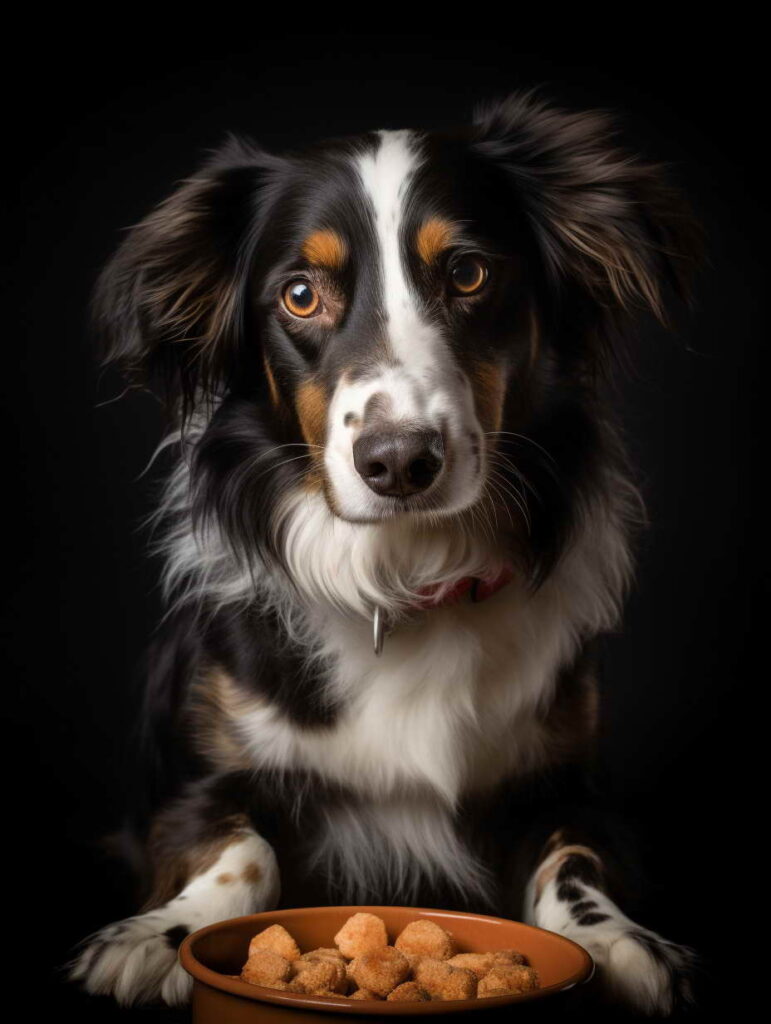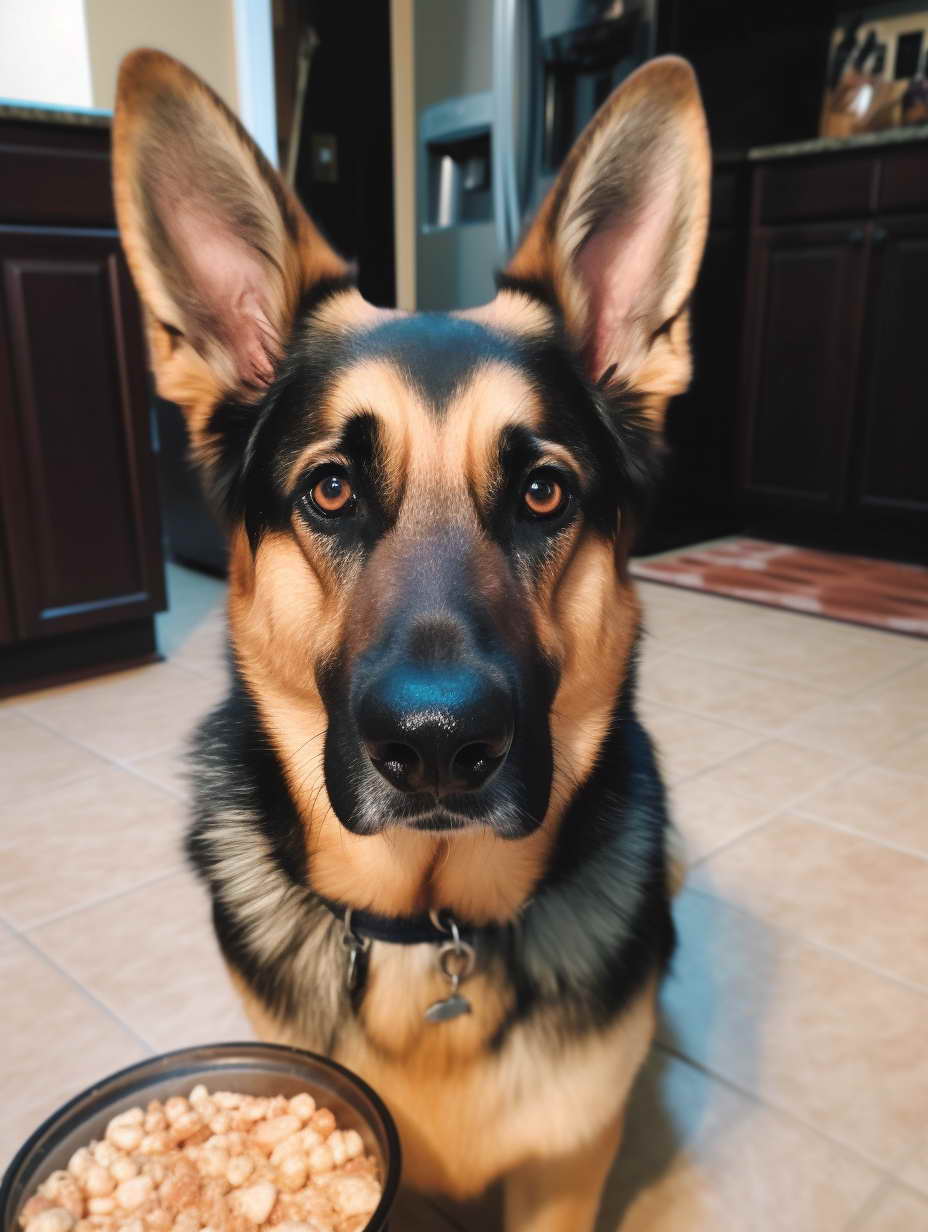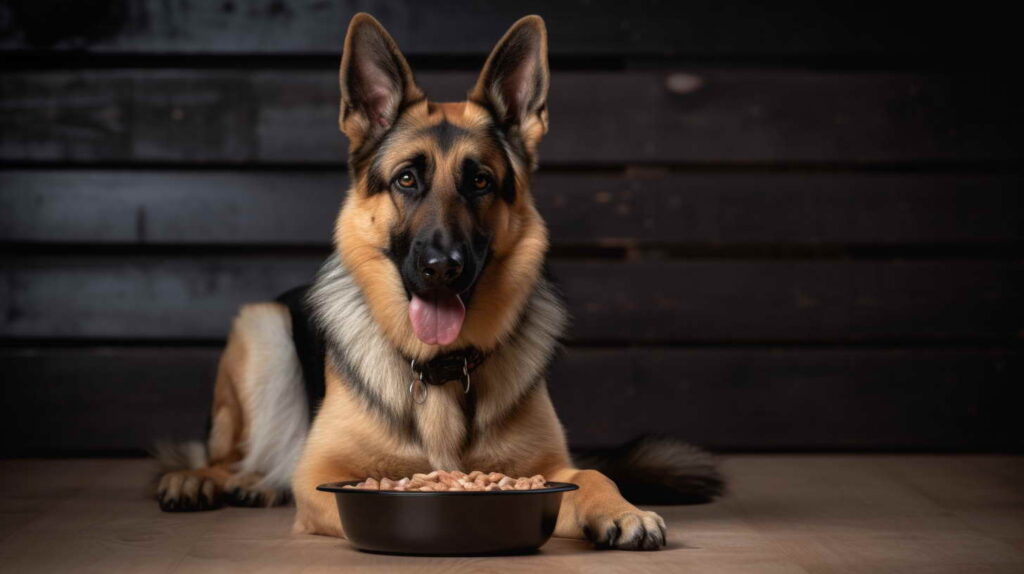Dog Food Aggressive With Other Dogs
Introduction
Dog food aggression can be a challenging issue to tackle, especially when you have multiple dogs at home. It’s crucial to ensure that all your furry companions get their fair share of nutrition without any conflicts. In this comprehensive guide, we’ll delve into the topic of “Dog Food Aggressive With Other Dogs” and provide expert insights, practical advice, and answers to frequently asked questions. Let’s embark on a journey to foster a peaceful mealtime atmosphere for your canine friends.
Dog Food Aggressive With Other Dogs
In households with multiple dogs, mealtime can sometimes turn into a battleground. Here’s how to handle dog food aggression effectively:
Understanding the Root Cause
Dog food aggression often stems from resource-guarding instincts. Dogs may perceive their food as a valuable resource and act defensively to protect it. Recognizing this underlying behavior is the first step in addressing the issue.
Gradual Desensitization
To ease food aggression, start by feeding your dogs in separate areas. Over time, gradually bring them closer during meals. This desensitization process helps them associate mealtime with positive experiences.
Positive Reinforcement
Reward good behavior with treats and praise. When your dogs show no signs of aggression during meals, reinforce this behavior with positive feedback. This encourages a peaceful mealtime environment.
Consult a Professional
If food aggression persists despite your efforts, seek guidance from a professional dog trainer or behaviorist. They can provide tailored strategies to address the issue and ensure the safety of all dogs involved.

Tips for Managing Dog Food Aggression
Managing dog food aggression in a multi-dog household requires a thoughtful approach and consistent effort. Here are some detailed strategies to help you ensure mealtime harmony among your furry friends:
1. Establish a Feeding Routine
A regular feeding schedule can work wonders in reducing food-related tensions among your dogs. When dogs know exactly when to expect their meals, they become less anxious about competing for food. Establish set feeding times and stick to them as closely as possible. Consistency in routine helps create a sense of predictability and security for your pets.
2. Separate Feeding Spaces
To prevent conflicts during mealtime, provide separate feeding areas for each dog. Ensure that these areas are distinct and offer enough personal space for your pets to enjoy their meals without feeling threatened. This separation can help alleviate the pressure of competition for resources.
3. Supervise Mealtime
Especially during the initial stages of behavior modification, it’s essential to supervise mealtime. Your presence can act as a deterrent to any aggressive behavior that may arise. Keep a watchful eye on your dogs while they eat, and be ready to intervene if any signs of aggression appear. Gradually, as they become more accustomed to each other, you can reduce your level of supervision.
4. Avoid Punishment
It’s crucial to avoid using punishment as a means to correct food aggression. Punishment can escalate aggression and create fear, leading to even more significant problems. Instead, focus on positive reinforcement. Reward calm and non-aggressive behavior with praise and treats. Dogs respond better to positive reinforcement, and it helps build a positive association with mealtimes.
5. Monitor Progress
Keep a record of your dogs’ mealtime behavior over time. Note any improvements or setbacks. This record will help you assess the effectiveness of your strategies and make necessary adjustments. Remember that progress may be gradual, and each dog may respond differently. Be patient and persistent in your efforts.
6. Consult a Professional
If food aggression persists or escalates despite your best efforts, it’s advisable to seek the assistance of a professional dog trainer or behaviorist. These experts have the experience and knowledge to assess the specific dynamics in your household and provide customized solutions. They can also ensure the safety of all dogs involved and help you achieve a peaceful mealtime atmosphere.
7. Gradual Desensitization
Gradual desensitization is a key strategy in addressing food aggression. Start by feeding your dogs in entirely separate rooms. As they become comfortable with this arrangement, gradually move their feeding areas closer to each other over time. The goal is to help them associate the presence of other dogs with positive experiences during mealtime.
8. Use Food-Dispensing Toys
Another effective way to reduce food-related tension is to introduce food-dispensing toys. These toys not only provide mental stimulation but also make mealtime more engaging. When dogs focus on working for their food, they are less likely to be concerned about other dogs approaching their meals.
By implementing these tips, you can create a harmonious mealtime environment for your dogs, ensuring that they enjoy their food without the stress of competition. Remember that patience, consistency, and a deep understanding of your dogs’ behavior are key to successfully managing food aggression in a multi-dog household.

Frequently Asked Questions (FAQs) – Dog Food Aggressive With Other Dogs
Can food aggression develop suddenly in dogs?
Yes, food aggression can develop suddenly, especially in multi-dog households where competition for resources is common. It’s essential to address it promptly.
Should I feed my dogs separately forever?
While it’s advisable to start with separate feedings, the ultimate goal is to help your dogs eat peacefully together. Gradual desensitization can lead to shared mealtimes.
Are certain dog breeds more prone to food aggression?
Any dog breed can exhibit food aggression. It’s more about individual personalities and experiences than breed predisposition.
Can I use muzzles to prevent food aggression?
Muzzles may provide a temporary solution, but they don’t address the underlying behavior. It’s better to focus on behavior modification techniques.
What if my dogs fight over treats and toys too?
Similar principles apply to treat and toy aggression. Work on desensitization and positive reinforcement to promote harmonious interactions.
When should I seek professional help?
If food aggression persists or escalates, it’s best to consult a professional dog trainer or behaviorist for tailored guidance.
Conclusion
Dealing with dog food aggression in multi-dog households requires patience, understanding, and consistent effort. By following the strategies outlined in this guide, you can create a peaceful mealtime environment for all your canine companions. Remember that each dog is unique, and progress may vary, but with dedication and the right approach, you can foster harmony during mealtime.


Leave a Reply